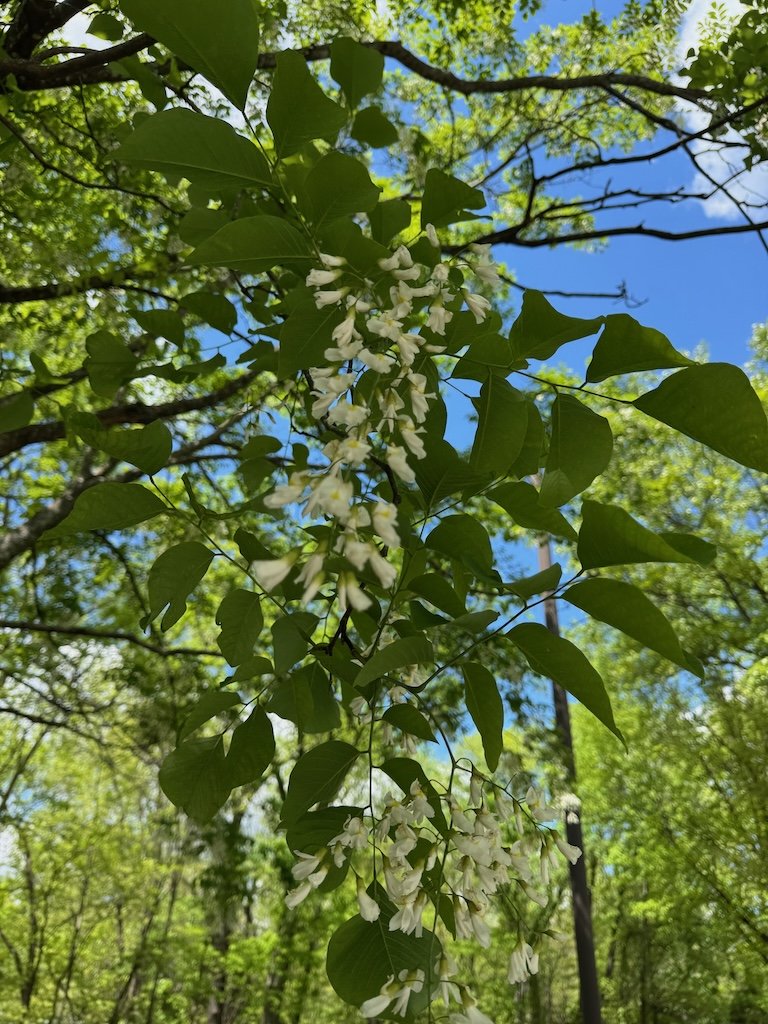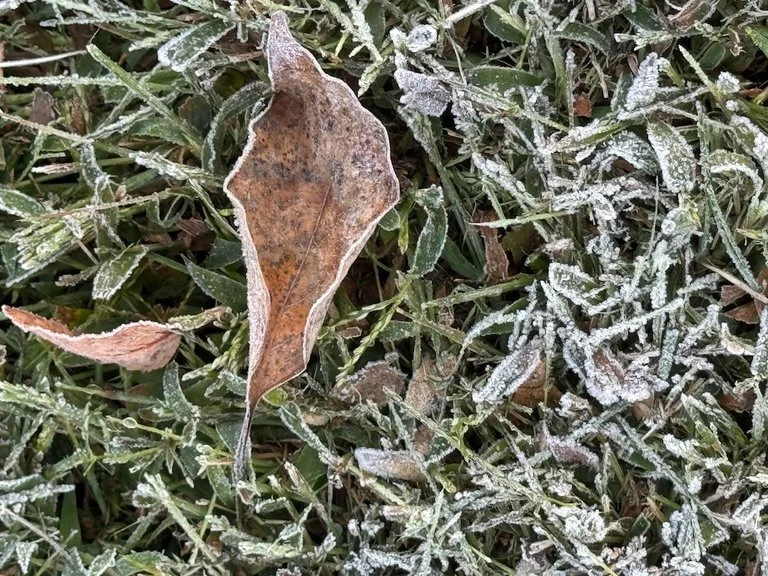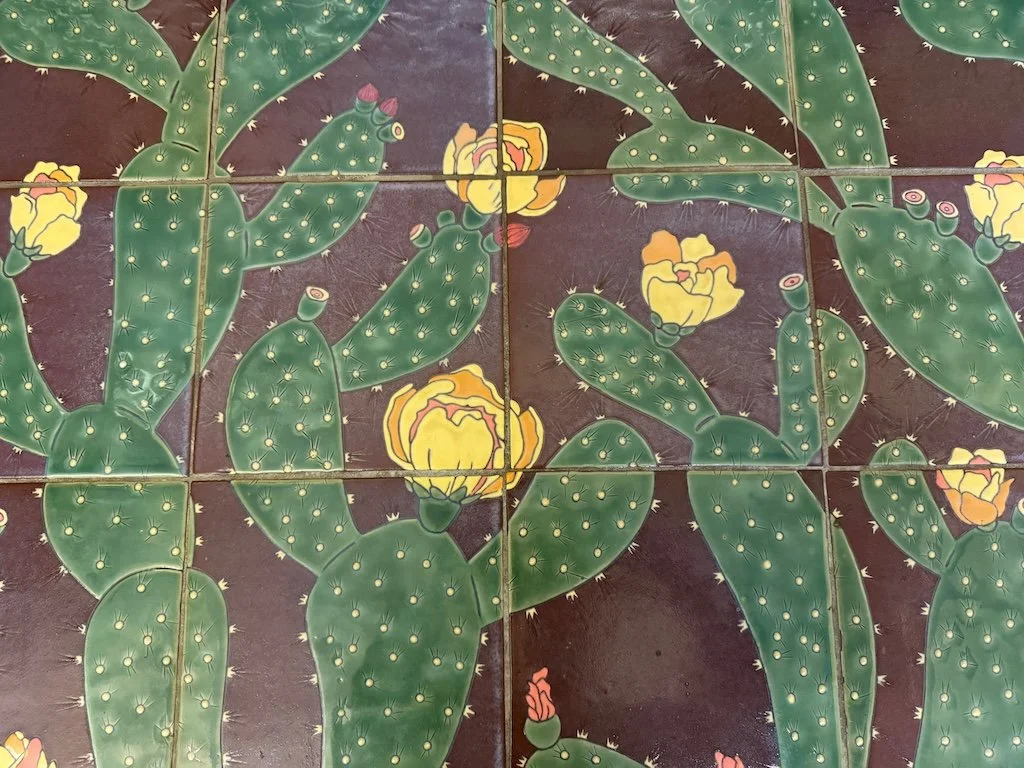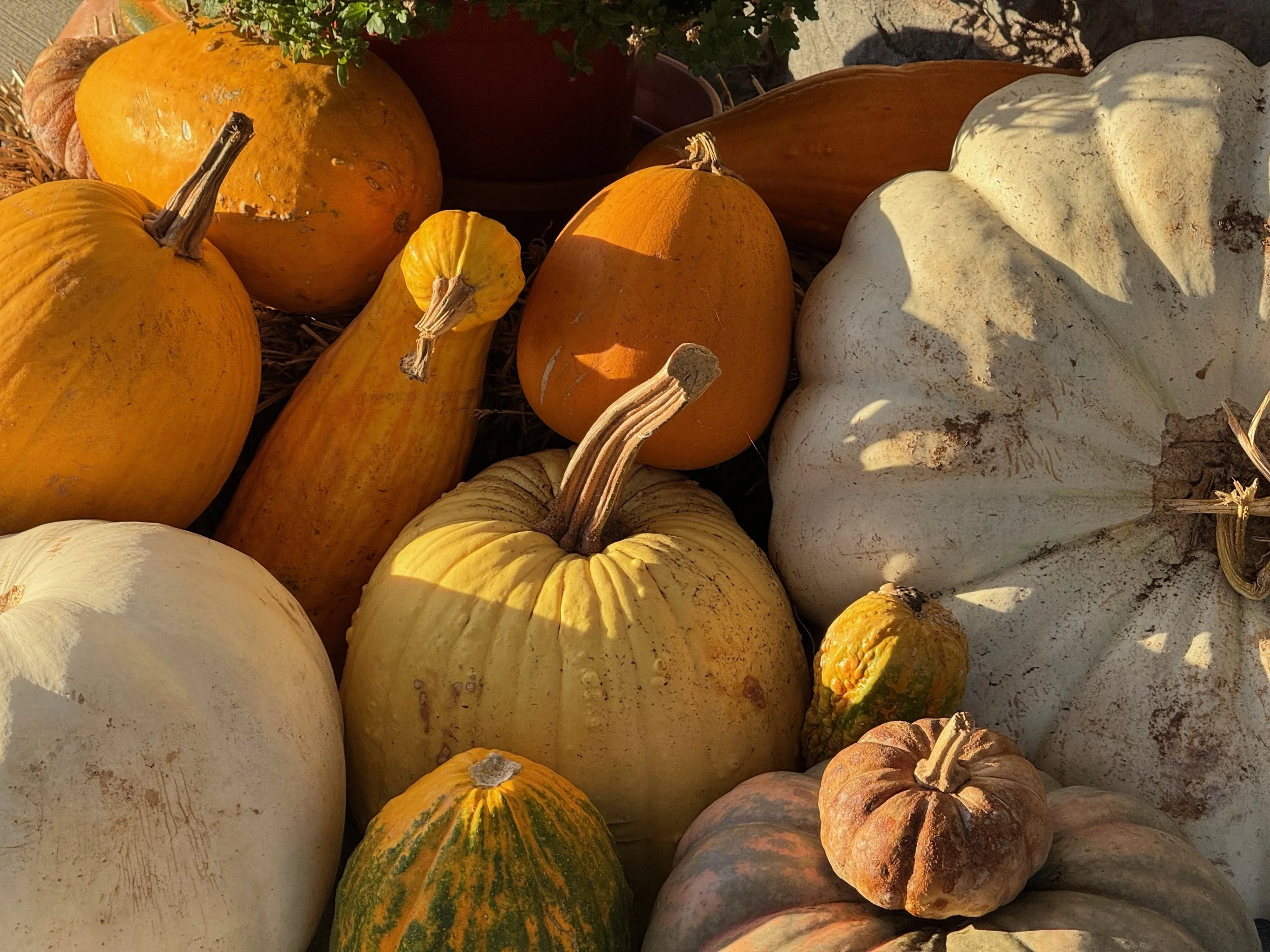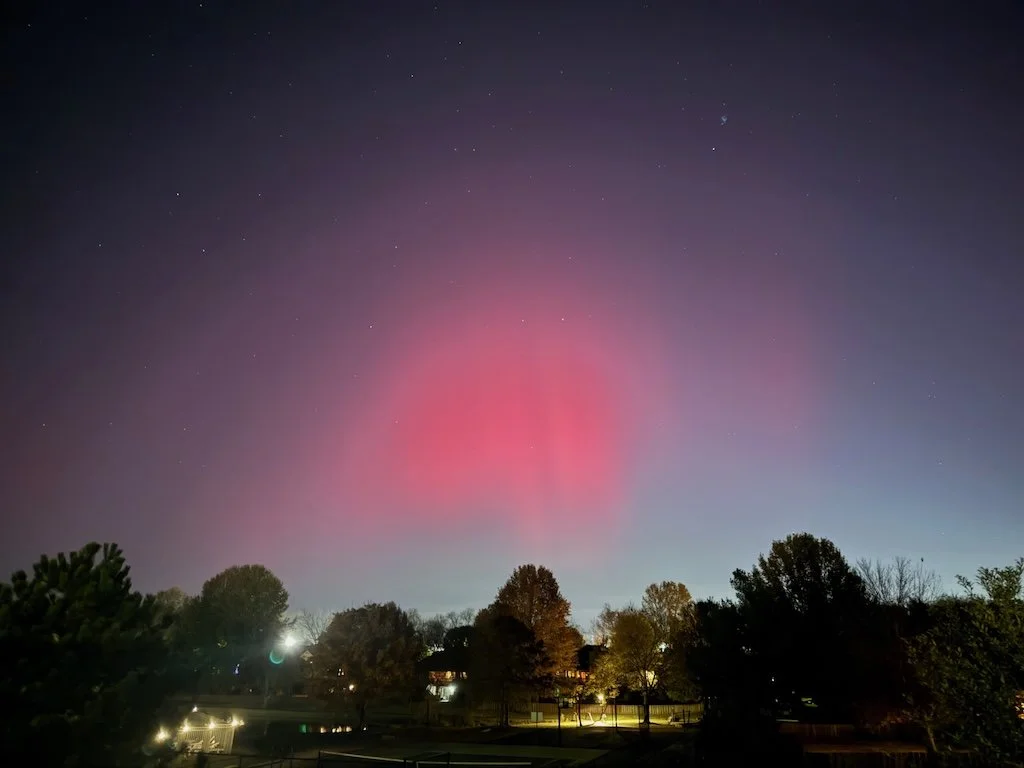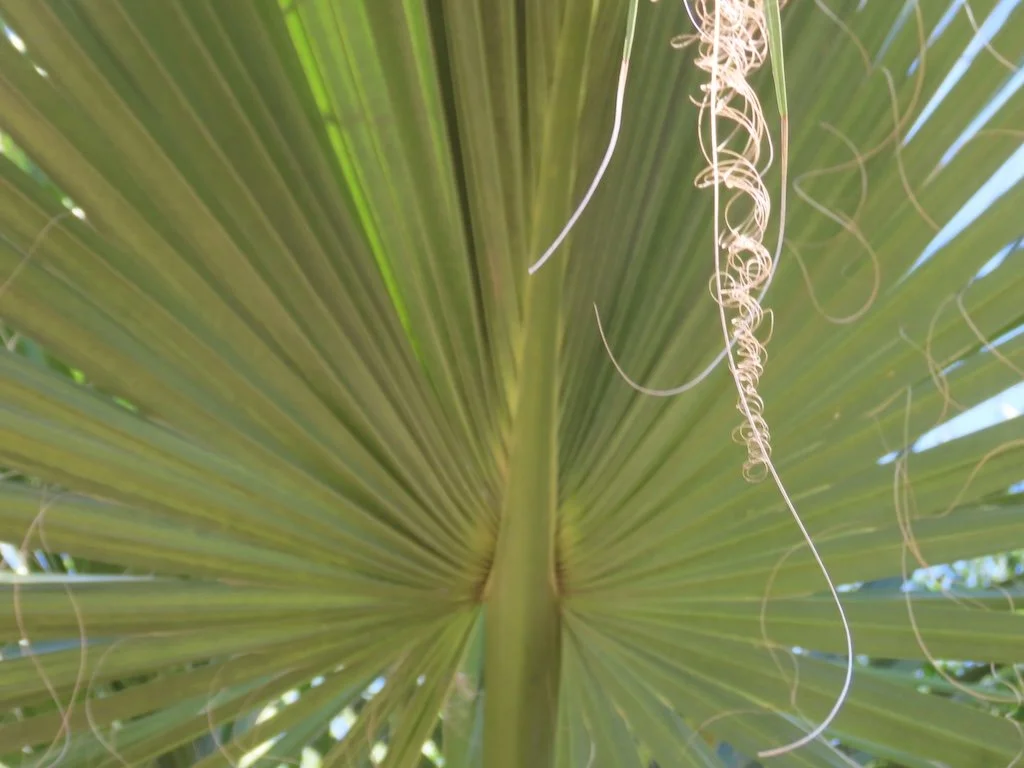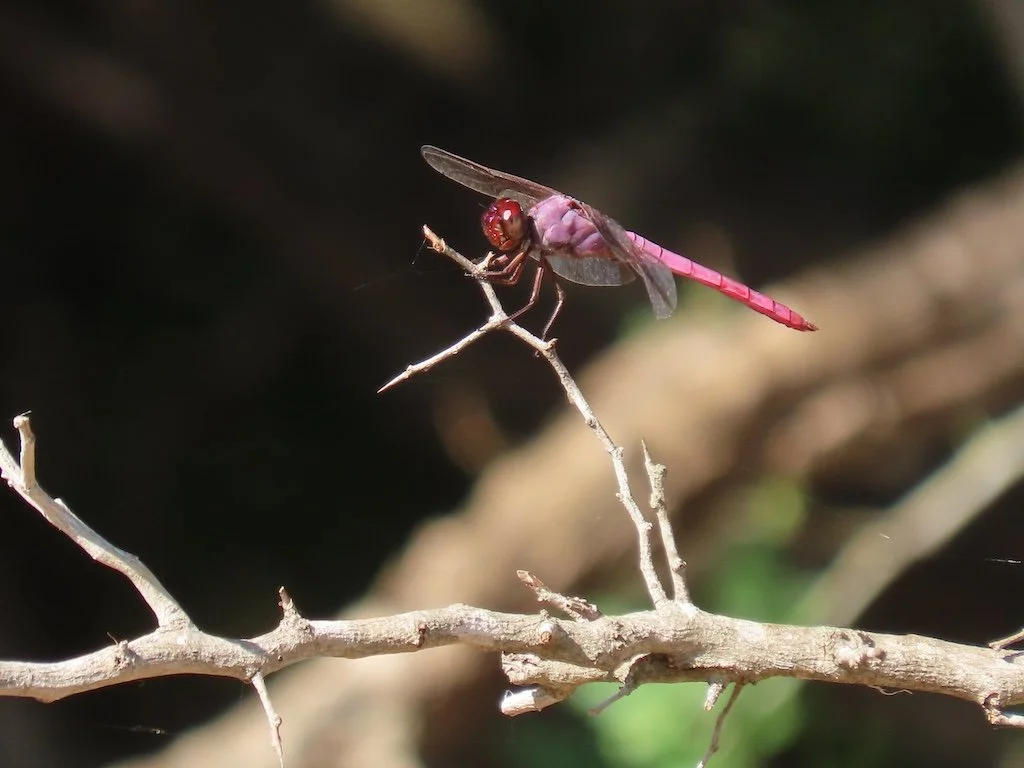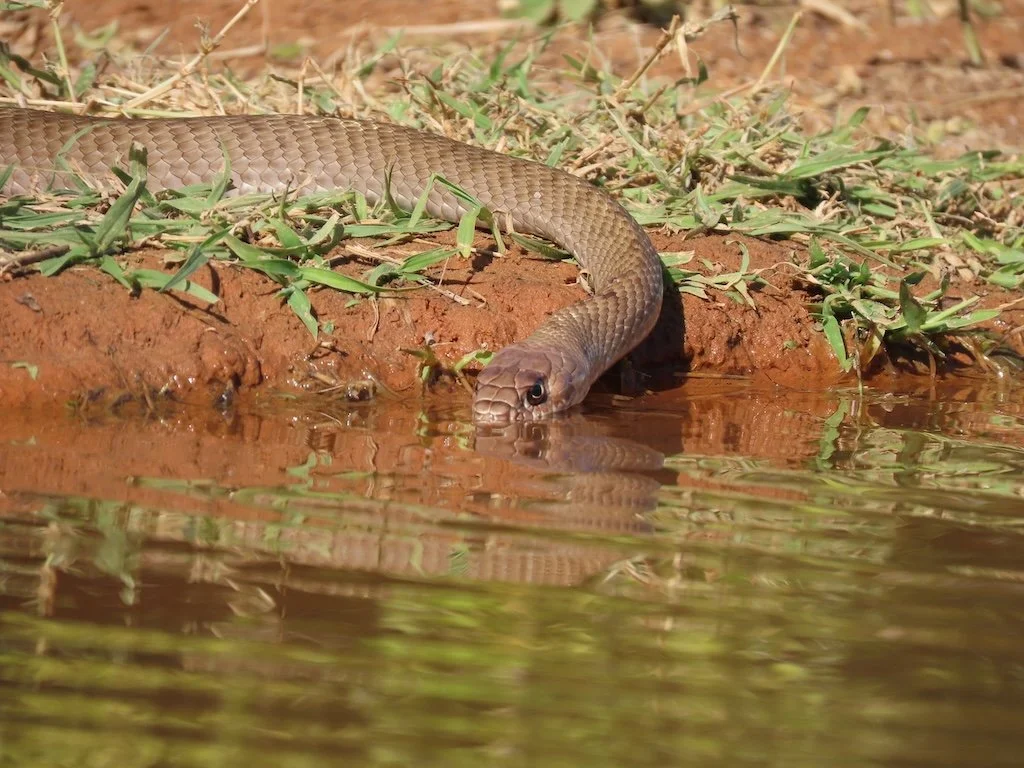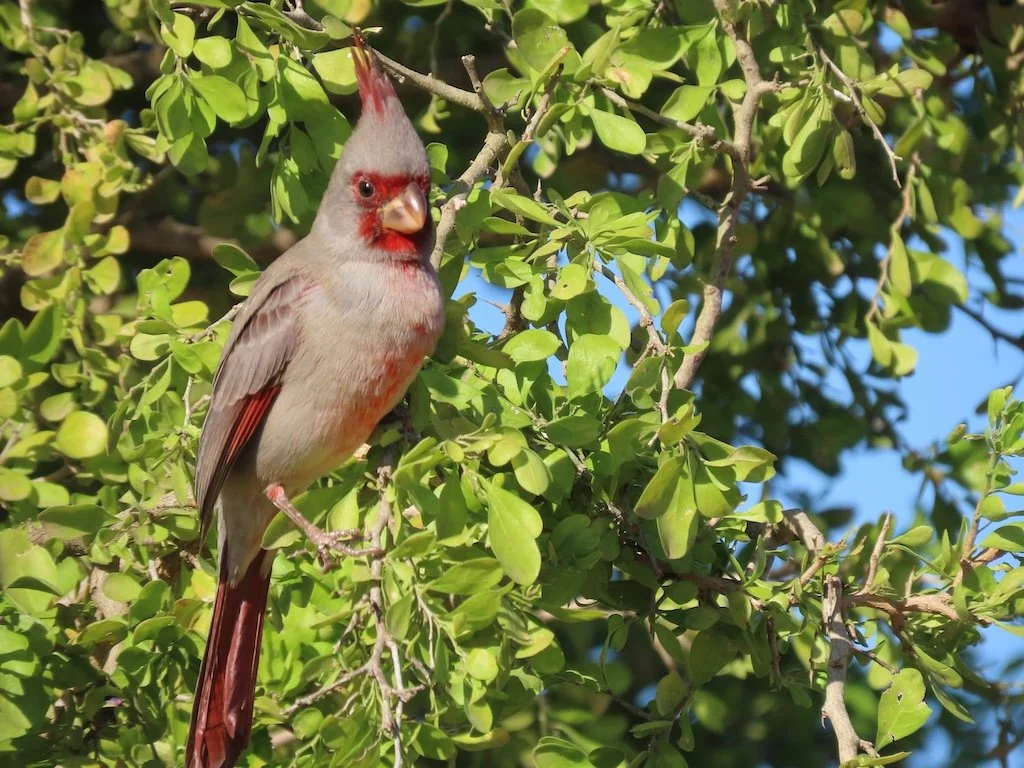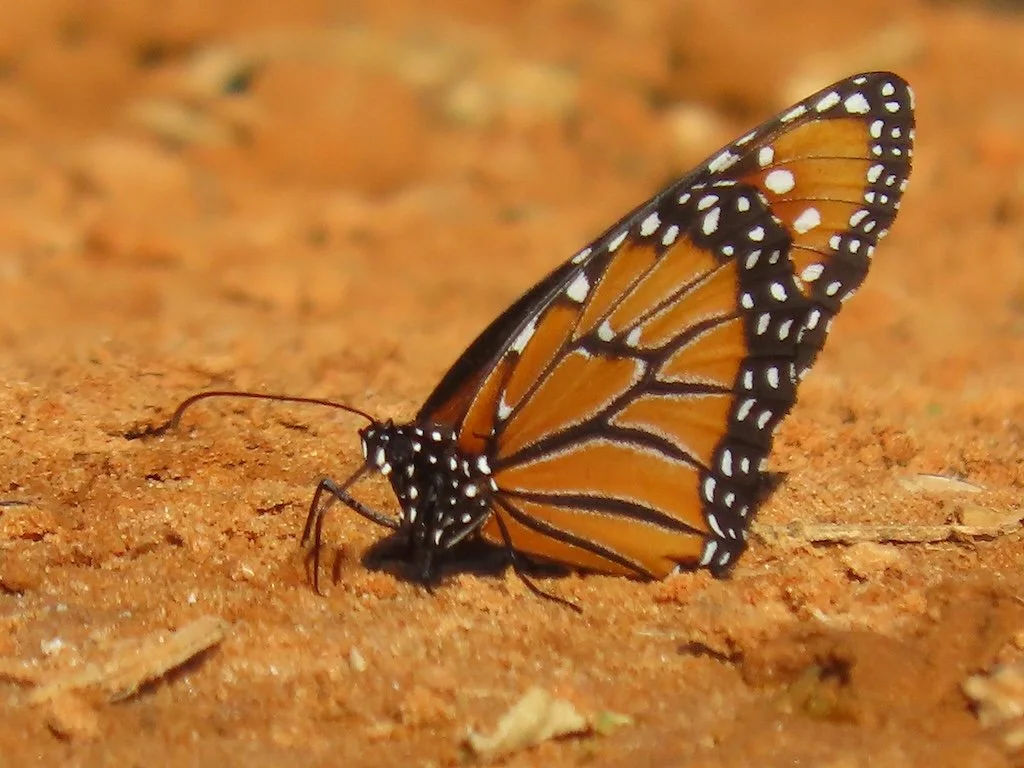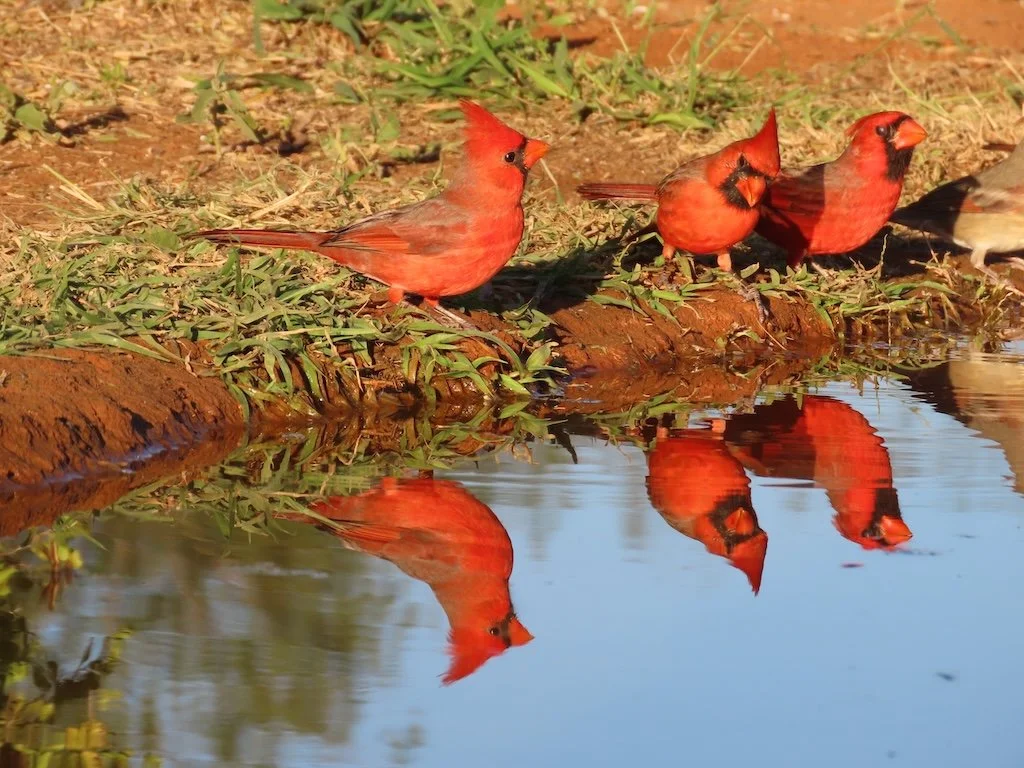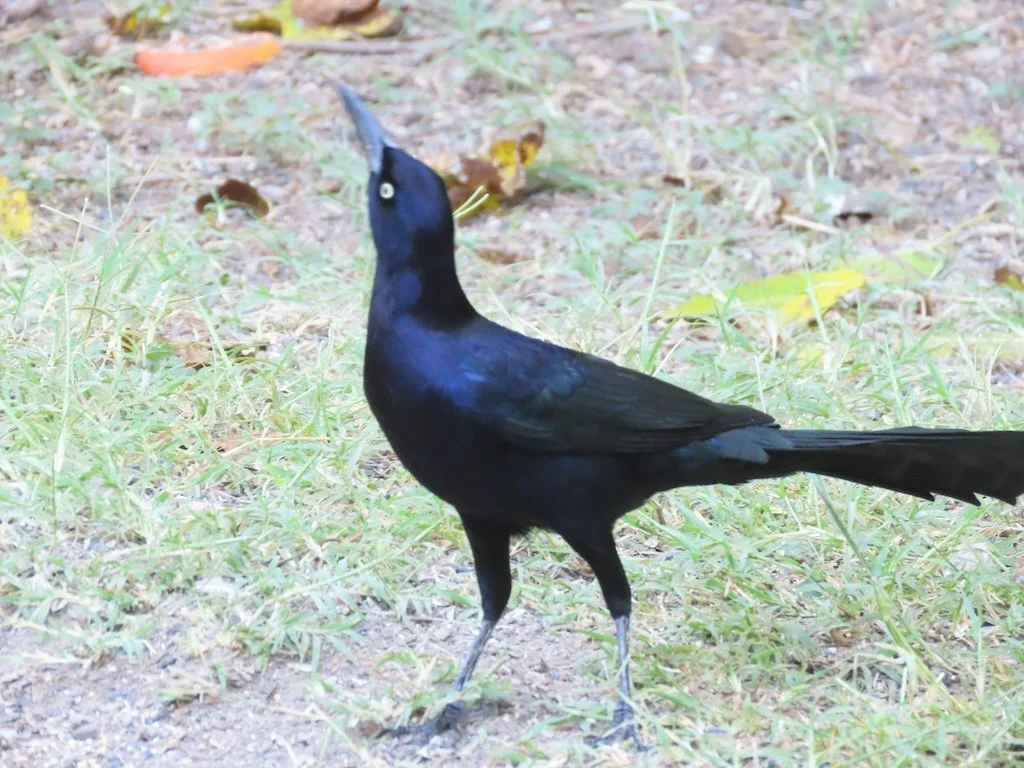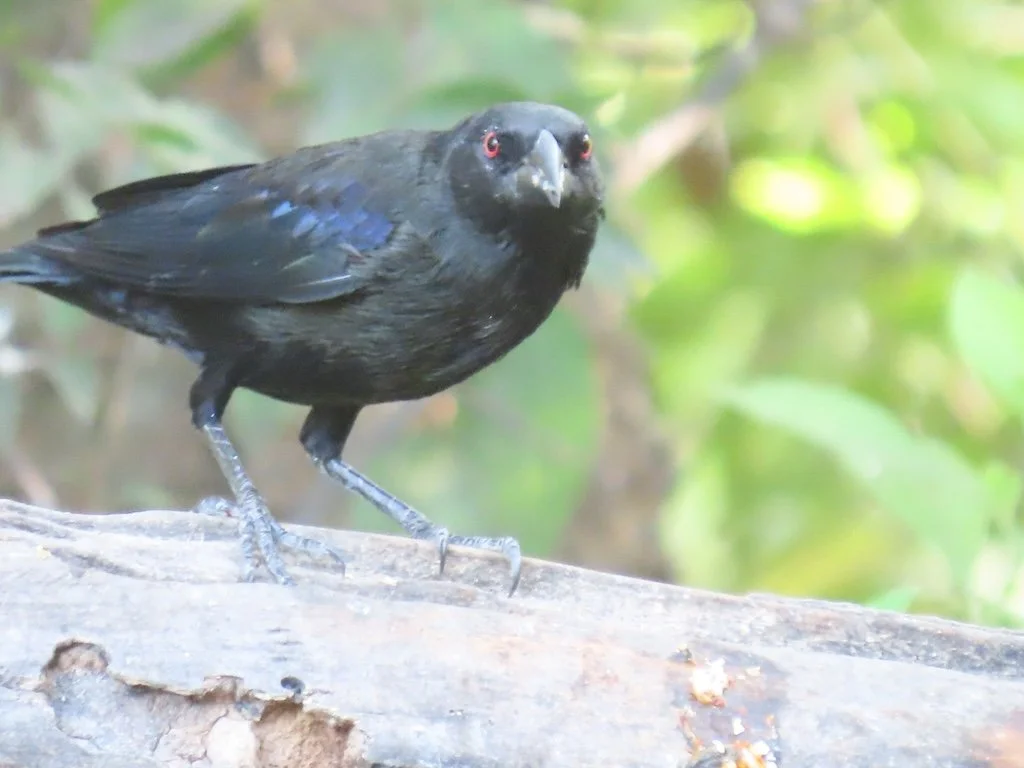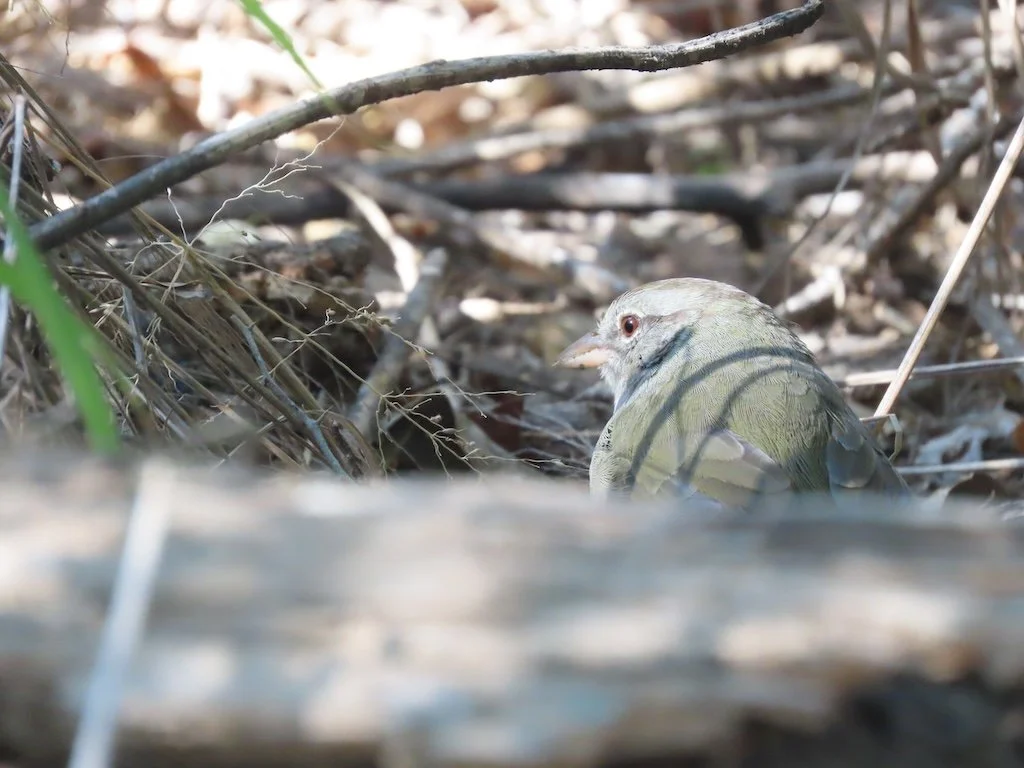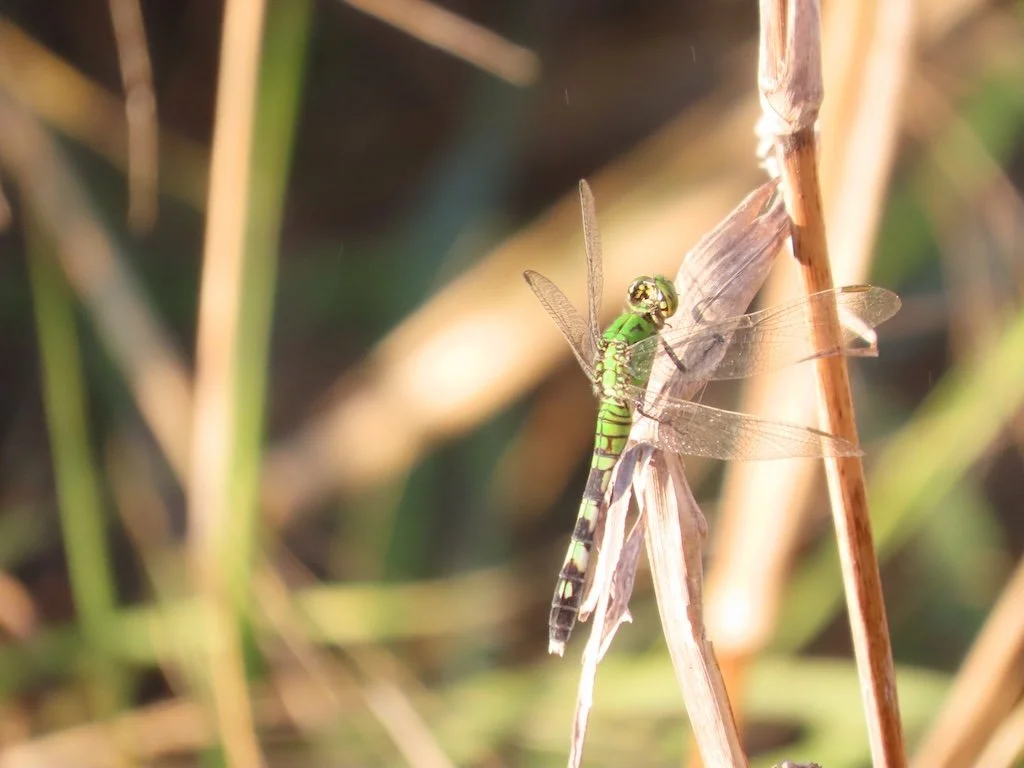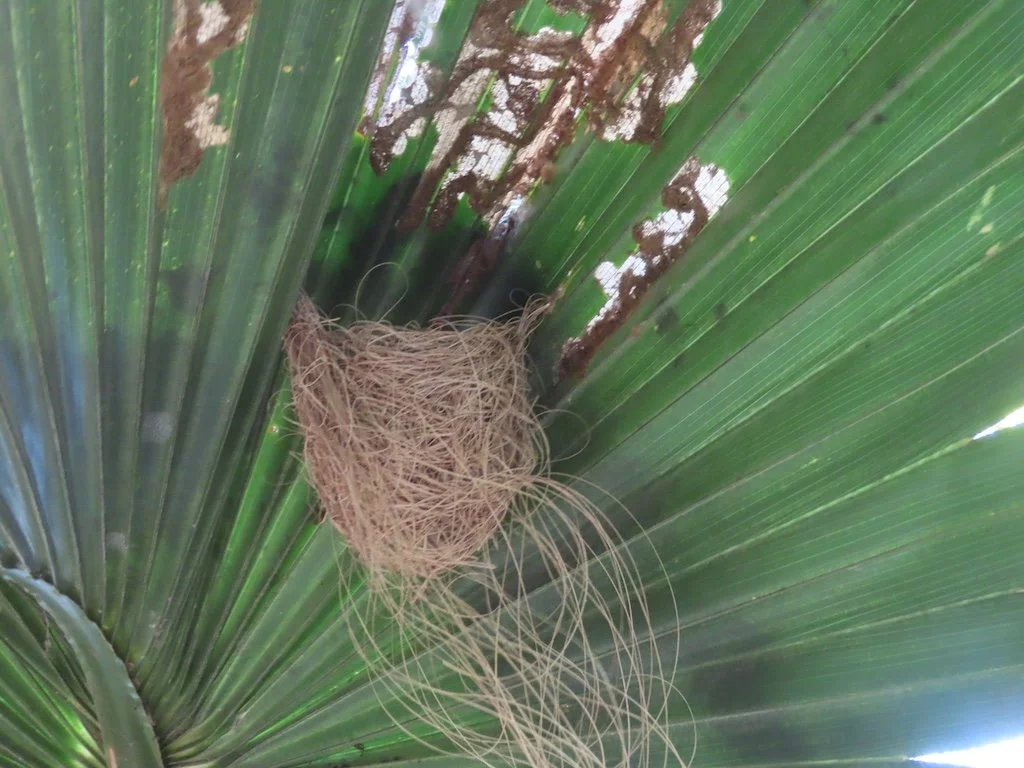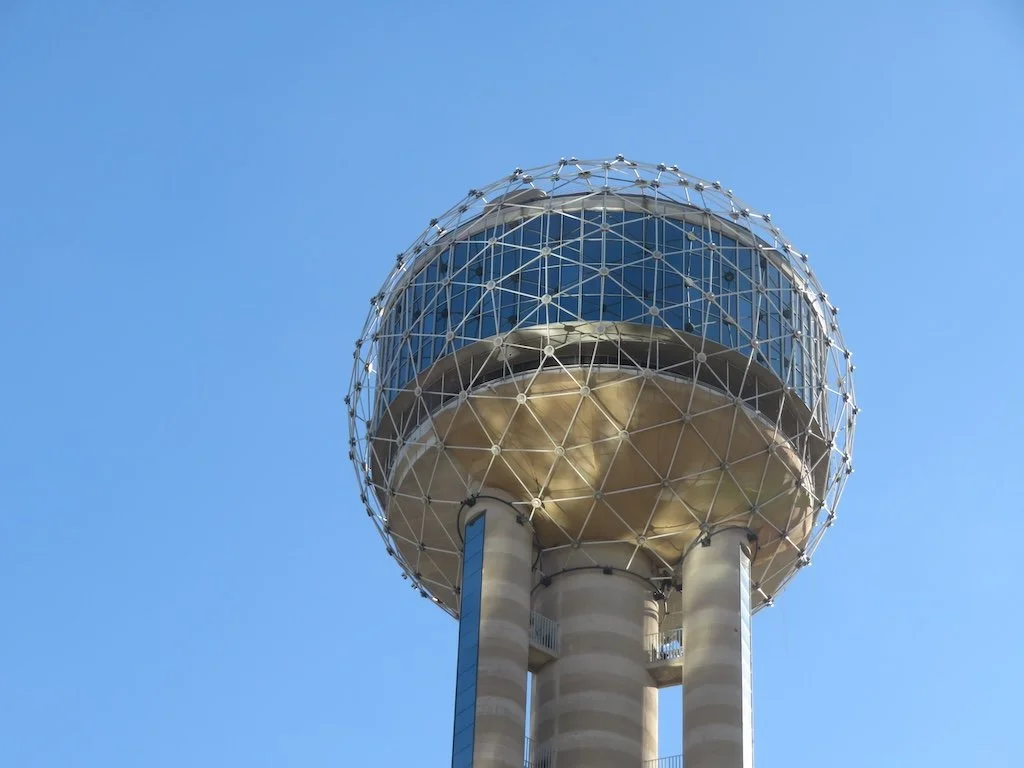Geology Field Trip (2)
/After eating our picnic lunch at the Springfield Conservation Nature Center, we headed out to stops along US 65 headed toward Branson. Our second stop (the nature center was the first) was at the MoDOT parking lot on East River Bluff Blvd. We walked across River Bluff and down onto the triangular shaped parcel of land between the southbound entrance ramp and US 65. There are outcropping there with fossils….including crinoids which are the state fossil of Missouri. There were flowers blooming along the roadside on our way to and from the fossils.
Here are the small fossils I picked up
We were in the Burlington part of the rock column. Most of us took pictures of the reference page our guide showed us to help us understand what we were seeing.
The third stop was the Ozark Post Office which is not far from US 65 and is across the street from a road cut that shows the boundary between the Burlington and Elsey layers.
The fourth stop was at the Branson (Saddlebrook) Welcome Center. We walked north on the west side of US 65 until we could see the roadcut on the east side of the highway. The rocks are all in the Cotter layer. The black weathering is from manganese in the rock. The area was an ancient tidal flat; the V shaped structures in the rock are channels where the water flowed in and out.
The fifth stop was also in the Cotter layer…and was an area to see fossilized stromatolites! We pulled into a wider shoulder area off US 65 just north of Saddlebrook Dr. There were layers of shale where water was trickling out and plants were beginning to grow.
My knee was hurting enough that I did not climb to the top of the road cut (via a drainage channel) to see the stromatolites from the top, but I did observe them from the base of the roadcut. They look a bit like a funnel.
I also picked up rocks: patterns of ancient ripples and a sandwich (thin layers of bluish chert with sandstone between them).
The sixth stop was a bit further north on US 65 to see the Highlandville Fault…where there is a crack in the face of the roadcut clearly visible.
So much to see…we ran over our allotted time by more than an hour!
































